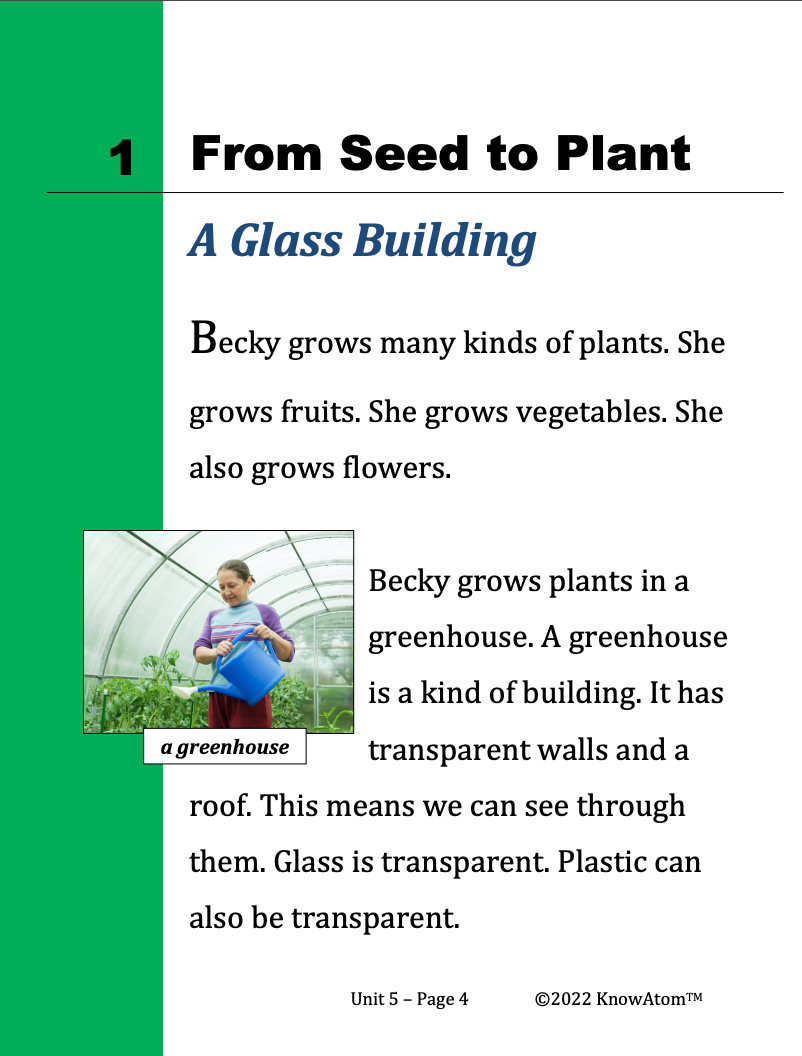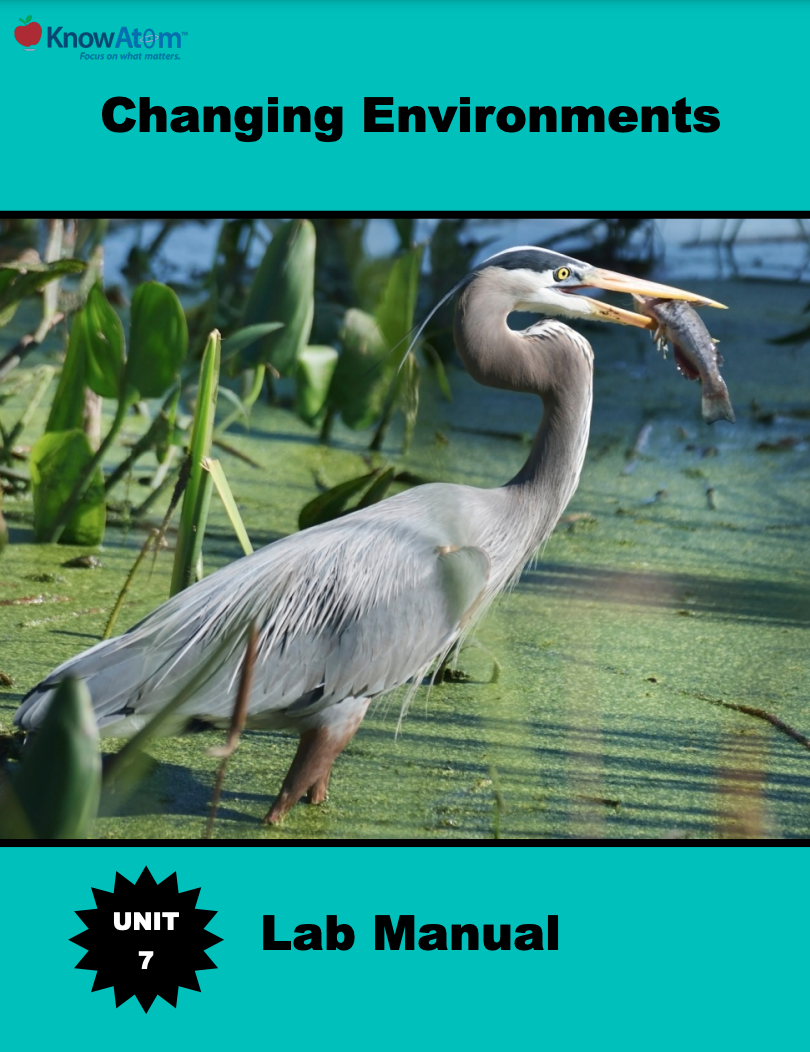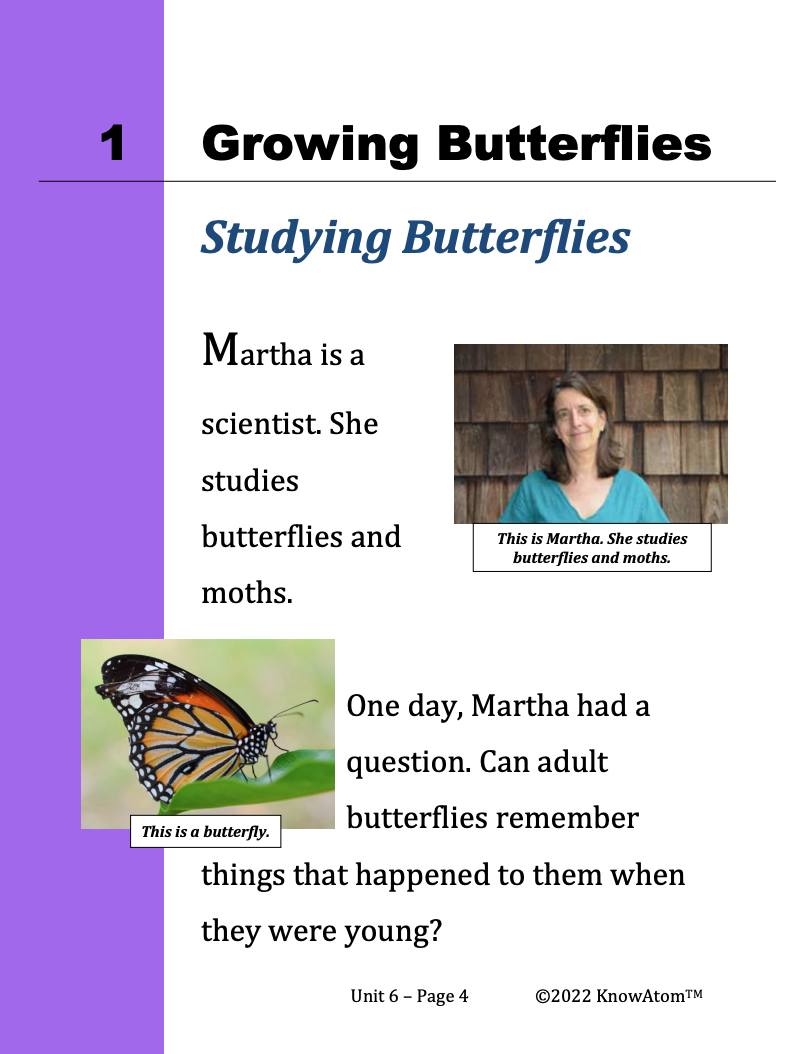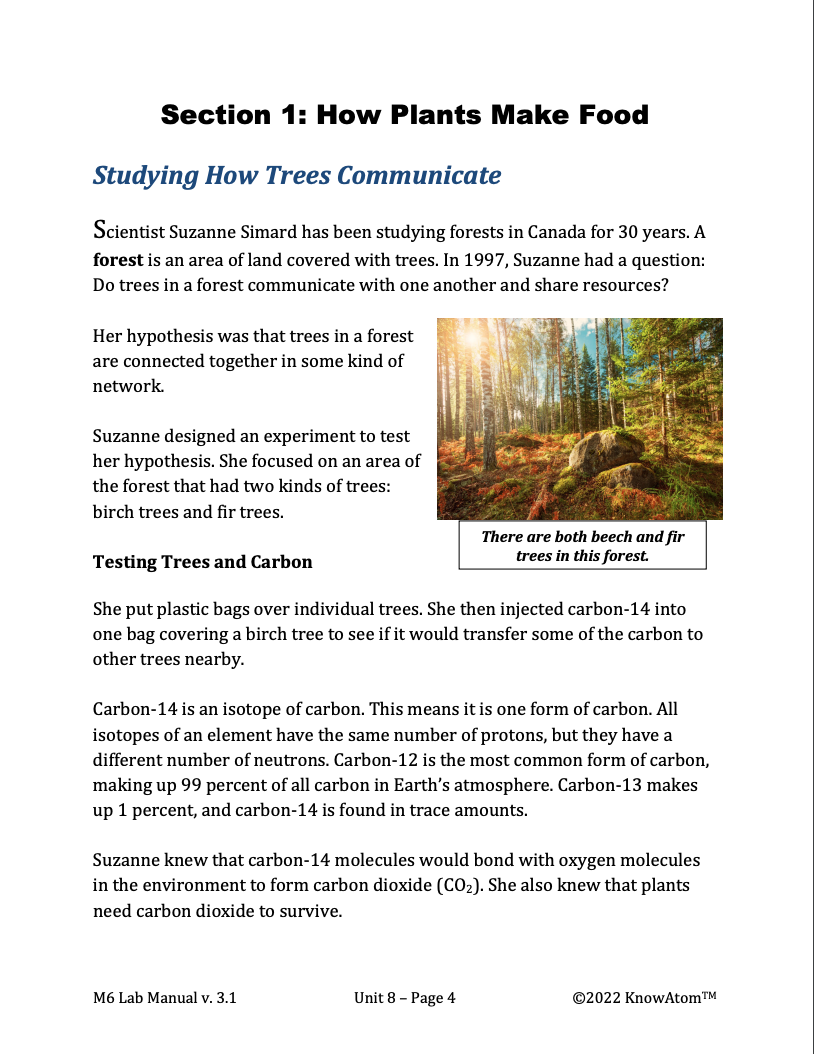
In the last unit, students explored how living things are found in different habitats around the planet and depend on both living and nonliving parts of their environment for survival. In this unit, students focus on plants. They begin with an experiment that investigates the science phenomena of how light and water help plants grow from a seed into an adult plant, and then focus on the function of flowers, which produce seeds.

In this unit, students explore how plants have different parts that help them get what they need to survive from the environment. They begin with experiments that investigate the cause-and-effect relationship between water, light, and the ability of plants to grow. This page is a high-level extract of the second lesson in which students explore flowers.

In this unit, students focus on animal populations, studying how all living things interact with and depend on other living things and the environment for survival. For this lesson, students explore how energy and matter move through a particular ecosystem’s food web and can be disrupted by the introduction of invasive species. This page highlights key components of this lesson.
.png)
In this unit, students explore the phenomena of rocky shore ecosystems, studying the interactions between living things and the environment. In this lesson they focus on the science phenomena of how organisms interact with one another in an ecosystem. This page showcases key elements from this lesson.

In this unit, students continue to learn about living things, focusing on animals. They begin by observing the metamorphosis of a butterfly and then model the parts of a butterfly that help it survive in its environment. This page highlights each component of lesson two in which students explore a butterfly’s body structure and function.

In this unit, students continue to explore the phenomena of living things, focusing on animals. They begin by observing the metamorphosis of a butterfly and then model the parts of a butterfly that help it survive in its environment. This page provides an overview of key components of this lesson that has students applying what they know about pollination to design a self-pollinating technology.

In this unit, students explore forest ecosystem phenomena, investigating the science phenomena of interactions between living things and the environment. In this lesson students discover the phenomena of tree rings and analyze how resource availability affects the ability of different organisms and populations to grow. This page is a high-level extract of this lesson.
Standards citation: NGSS Lead States. 2013. Next Generation Science Standards: For States, By States. Washington, DC: The National Academies Press. Neither WestEd nor the lead states and partners that developed the Next Generation Science Standards were involved in the production of this product, and do not endorse it.
